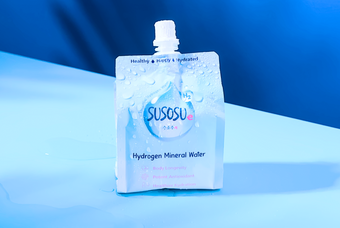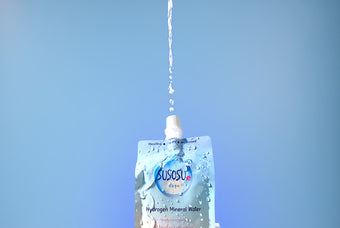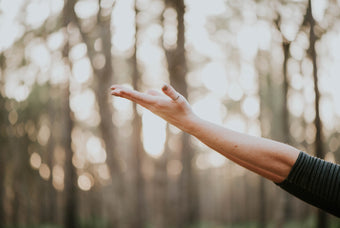Psychology Today noted that the type of culture one grows up in has an impact on one’s beauty standards. Though the desire to be beautiful is as old as history, its trends stem from the behavior and the belief of the people making them. Every human, irrespective of their culture, values beauty since it is generally believed that beauty lies in a healthy skin.
The concept of beauty is not strange to any part of the world. However, what beauty means differs from country to country. This is to say that what some parts of the world consider to be beautiful is not exactly the same as what other parts of the universe consider to be. This is evident in the striking differences between Western’s and Asia’s beauty cultures. Westerners and Asians are two different kinds of people with a lot of cultural differences in their approaches to beauty standards.
In the Asian culture, much emphasis is on natural product. This is because an average Asian is a fan of hydrated white skin while westerners love tanned skin. As such, Asians invest heavily in ingredients that are capable of hydrating their skin due to their cultural preferences. And as expected, westerners create specific beauty solutions and focus on full coverage products.
This articles explains in details the differences between Western culture’s beauty trends and those of the Asian culture. In other words, we examine Western and Asian beauty trends in line with their respective culture.
Differences between Western and Asian Beauty Trends
One of the main differences between Asian’s and Western’s beauty trends is their skin type preference. The Western cultures are known to favor a very matte skin type to outshine oils on their face i.e. they prefer a skin that is not oily, and they achieve this look by using mattifying products such as pressed powder, blotting papers and drying face mask. These products help them to retrieve any unneeded oils.
On the other hand, the Japanese and Korean cultures prefer more of a hydrated dewy look. They believe it is this type of skin that shows they are healthy. This means that an outer glow (healthy hydration) is very important for a glowing and smooth skin among Asians. To achieve this hydration look, they use hydration cleaners, a 7-layer moisturizing toner or water toner, and moisturizers that are based on water to have the glass skin which is popular in the Continent. They also achieve this by staying hydrated and drinking lots of water. In particular, drinking a lot of Susosu Hydrogen Water helps them achieve maximum hydration.
Western culture does frame from lighter skin and chooses to refrain from most SPF to get more of tan. For this reason, their skin markets provide more bronzing products as well as tanning products to give their skin more of a bronzy glow. The westerners endeavor to achieve a healthy tan either naturally or with tanners and bronzers. Also, a sun skinned look is common in the West, as it is a source of warmer skin tone which is the favorite of westerners. Westerners believe having a tanned skin is a sign of beauty, wealth and that you can afford to go on a vacation and spend time under the sun.
Asian culture, however, prefers to keep their skin more light, as they prioritize SPF products and layer upon many SPF moisturizers. They use nothing less than SPF 30 on their faces. The Asians believe a flawless skin glows from the inside out, and it is achieved by a diligent skin care which includes protection from rays of ultra violet. Since having a fair and flawless skin is associated with beauty among Asians, they avoid direct contact of sunlight on their skin. Rather, many women in Asia own an umbrella or a big hat to shade themselves from sun rays to maintain their fair skin.
Conclusion
By comparing their modes of beauty maintenance and enhancement, we have established that Asian beauty trends are far different from Western beauty trends. The differences are traced to the kinds of products, methods, beauty style and standards used by both continents. Notwithstanding, it is important note that everyone is beauty in their own way.










